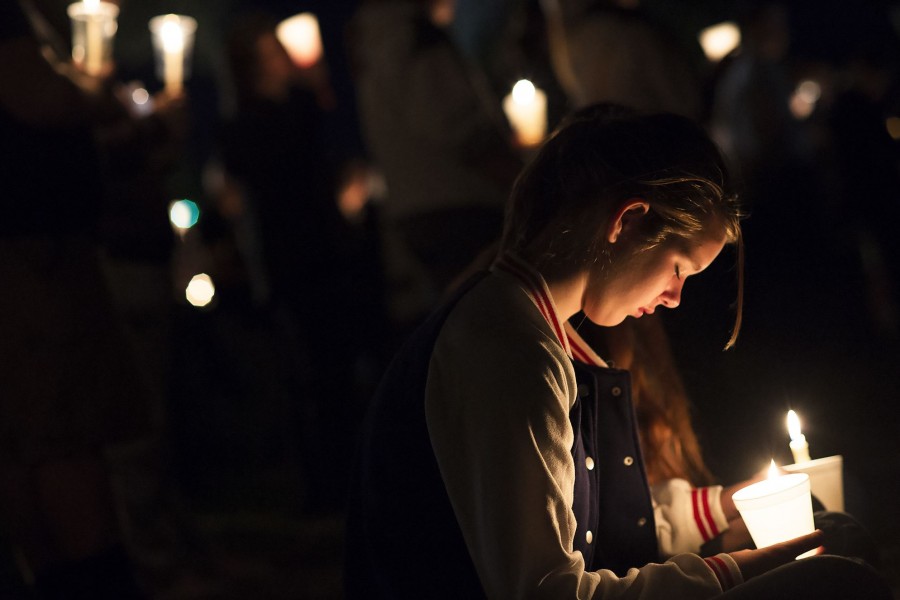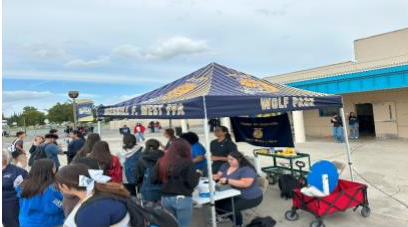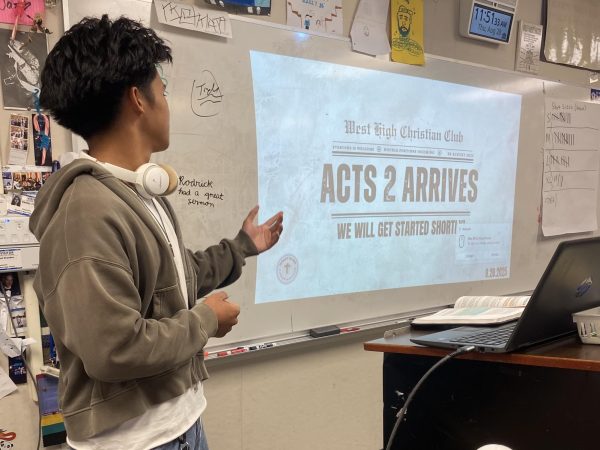School violence in US spurs for change
In 2015 there have been at least two school shootings a month, and throughout all 52 incidents, 30 individuals have been killed and 53 others injured. October alone had five incidents, including the massacre at Umpqua Community College in Roseburg, Oregon on October 1, where a shooter killed 9 individuals and injured 7.
Educational environments have been found to be the second most common location for mass shootings, according to A Study of Active Shooter Incidents in the US, conducted by the Department of Justice (DOJ) and Federal Bureau of Investigation (FBI) from 2000 to 2013. It investigates “violent acts and shootings occurring in a place of public use” to overall “provide federal, state, and local law enforcement with data so they can better understand how to prevent, prepare for, respond to, and recover from these incidents.”
The results are staggering.
An active shooter situation is defined as an individual “engaged in killing or attempting to kill people in a confined and populated area.” Out of 160 identified active shooter incidents that occurred in the United States throughout the elapsed time of study, 27 were located at schools, in which a total of 57 individuals were killed and 60 wounded.
Yet, despite the morbidity, the grief and the horror all of these acts provoke during the time of occurrence, has the commonality of school shootings made us indifferent to the severity of the statistics that follow?
“Somehow, this has become routine,” President Barack Obama said in response to the Oregon shooting. “The reporting is routine. My response here at his podium ends up being routine . . . we’ve become numb to this.”
Steps have been made, however, toward providing more secure environments for students in schools.
Within the 2002-2013 study of active shooters, it states, “Even when law enforcement was present or able to respond within minutes, civilians often had to make life and death decisions, and therefore, should be engaged in training and discussions on decisions they may face.” Here at TUSD, double annual school-staff trainings are used to inform and train teachers on what to do when in dangerous situations.
Associate Superintendent of Business Services Dr. Casey Goodall says that the placement of civilians in positions of power during life or death situations “is absolutely true” and displayed on a daily basis, although not particularly in large predicaments such as active shooter acts. At least once a week the Superintendent is involved in a situation where, say, a student needs to be placed in an ambulance, and as Superintendent he will call together a team to assist in arranging it.
But in fact, TUSD has been continuously implementing high-standard safety preventions for years now. Spurred by the massacre of Columbine on April 20, 1990, a team of officials consisting of firemen, police officers and school district administration gathered to design, write and publish a safety handbook to be distributed to every classroom in Tracy. The “multi-colored book” as Dr. Casey Goodall refers to it, details specific instructions for teachers to execute in times when students safety is at risk at school, varying from when a student faints to gas leaks to fire drills. Such a book is important, for it reduces confusion during times of crisis by anticipating the danger and describing through simplicity and consistency how to effectively resolve it.
The safety school handbook is updated every two or three years, and the district is currently beginning the process of hiring a team to revise and update the book before the 2016-2017 school year.
School is an environment designed to guide students through personal growth academically, emotionally and mentally. It should be a refuge of safety; a place where education can flourish, not fear. In order to prevent these sort of tragedies from occurring we must not simply follow instructions from a handbook but also our own basic human desire to inspire good in others.
“Almost three-quarters of the attackers felt persecuted, bullied, threatened, attacked or injured by others prior to the incident,” as stated within the 2002-2013 study. This conclusion has since stimulated states across the country to enforce anti-bullying campaigns and programs within schools in hopes of preventing such savage behavior and the consequences caused by it.
We cannot fully prevent school shootings. But when 75% of the attackers claim they were relentlessly tormented by other students, there is something wrong with our system that is not being fixed. As members of society it is our duty to make an effort to reach out to those we see hurting and in pain, not tear them down to madness. This cycle of indifference towards every gruesome act of violence cannot continue, for it is only by compassion may we commence change in ourselves and others.





